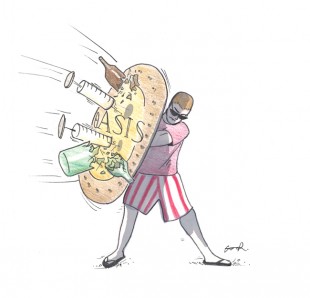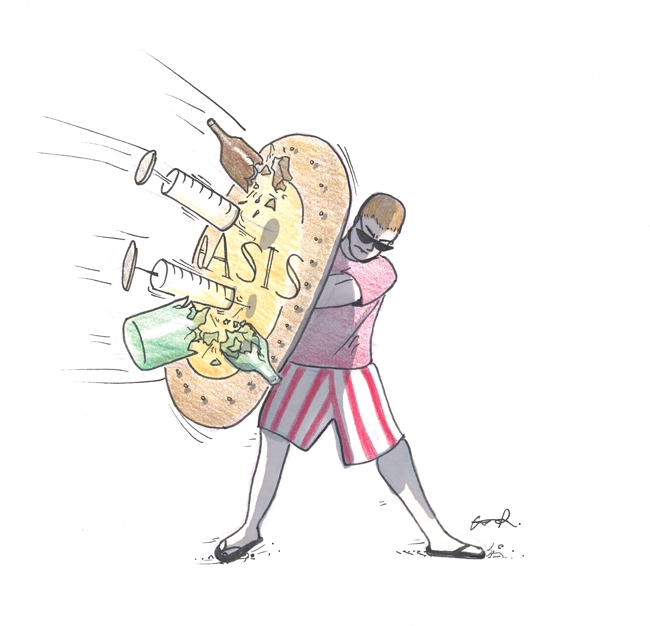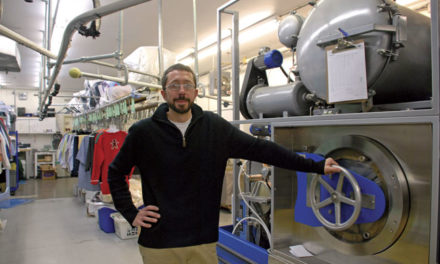
BY KELLY KENDALL
Wander down Kirkwood, Walnut, or College on pretty much any night of the week, and you can spot all the signs of a university that’s been named one of the top party schools in the country. Doors swing open at a multitude of bars, students head home with bottle-shaped brown paper packages, and T-shirts bearing party-hard slogans hang in shop windows.
So what happens when the fun gets out of hand?
Enter OASIS, Indiana University’s Office of Alternative Screening and Intervention Services, whose programs are aimed at preventing and stopping substance abuse. But OASIS isn’t staging the second Prohibition. Its counselors probably won’t tell most of the 2,000 students they see each year to stop drinking. They will, however, urge them to be smarter about it.
“We know that scare tactics don’t work,” says Jackie Daniels, director of OASIS. “Telling students what not to do is not going to make a change. We try to meet
them where they are instead of where we want them to be.”
Some students, of course, are in more dangerous waters than others. “If we felt someone was truly an addict, we would tell them not to drink and refer them to counseling,” says Heather Barrett, the office’s intervention coordinator. “Otherwise, it’s how can you do it in a safer way, like by keeping your blood-alcohol content lower or not walking around certain streets.”
OASIS has taken a new direction in the past year. It is currently supporting a student program, called Culture of Care, which places more emphasis on prevention.
“We learned that students wanted to learn skills to step in when a friend was drinking too much or being shady,” says Daniels. “Students were realizing that a lot of things were happening on our campus that were not okay with them, like the Lauren Spierer disappearance. We wanted to do something much more overarching to address the culture on campus.”
Daniels is also an advisor for the student-run organization CLEAR (College Lifestyles Excluding Alcohol and Recreational Drugs) that plans activities outside the “party life.” More than 50 people showed up last spring for a game of Capture the Flag.
“There’s a silent majority of students who are not engaging in the behaviors we often see in the media,” says Daniels, “and they want to have an impact.”







